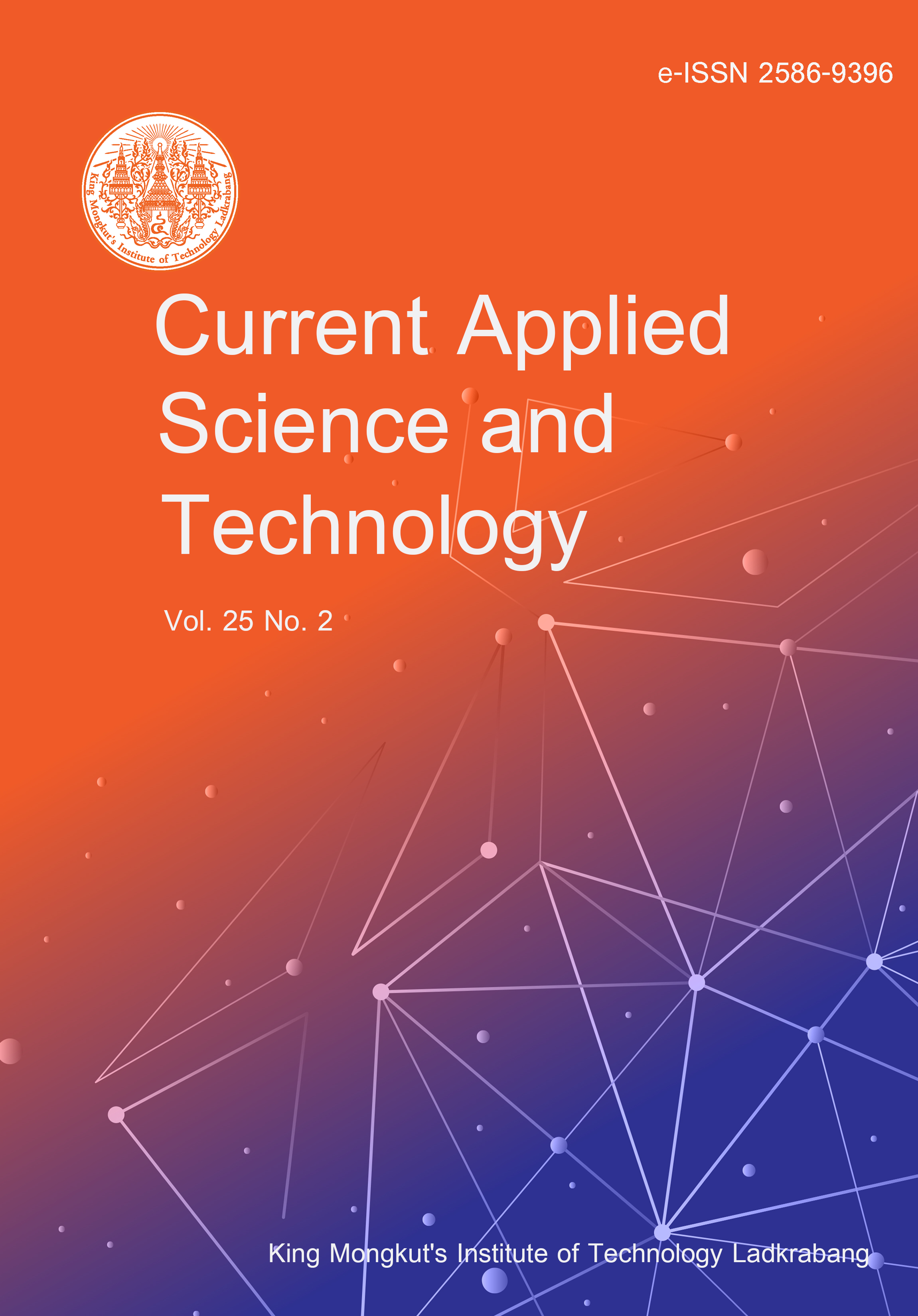The aim of this study was to investigate methods for breaking the seed dormancy of cacti that are cultivated in Thailand. To stimulate seed germination and decrease the production time for cacti, the research used four cacti species: Astrophytum asterias, Echinocactus grusonii, Myrtillocactus geometrizans, and Turbinicarpus alonsoi, which are extensively grown as ornamental cacti species in Thailand. The experimental design used in this study was a completely randomized design (CRD). The pot experiment consisted of 4 dormancy breaking methods and six replicates, 30 seeds per pot. For the control, seeds were sown onto planting media directly. In the experimental samples, seeds were subjected to different pre-soaking treatments: soaking for 24 h in room temperature water (28 2oC), GA3 500 ppm for 24 h, and H2SO4 (50%) for 30 min. The seed germination and plant growth data were collected after sowing cacti seeds for two months. The results showed that soaking cacti seeds in room temperature water produced the highest germination rates for A. asterias, E. grusonii, and M. geometrizans. In addition, this treatment also reduced the production time of M. geometrizans. Concurrently, A. asterias, E. grusonii, and M. geometrizans presented higher stem diameters and root lengths of the seedlings, as well as the best result on the seedling vigor of cacti. Soaking seeds with GA3 resulted in the highest germination percentage of T. alonsoi and accelerated seed germination of A. Asterias, and T. alonsoi. Moreover, this treatment led to the maximum root lengths and seedling vigor of T. alonsoi. However, soaking seeds with H2SO4 was a treatment that gave E. grusonii the maximum root length and seedling vigor.
Ritthidechrat, K. ., & Anuwong, C. . (2024). Methods of Breaking Seed Dormancy for Four Species of Ornamental Cacti. CURRENT APPLIED SCIENCE AND TECHNOLOGY, e0262093. https://doi.org/10.55003/cast.2024.262093

